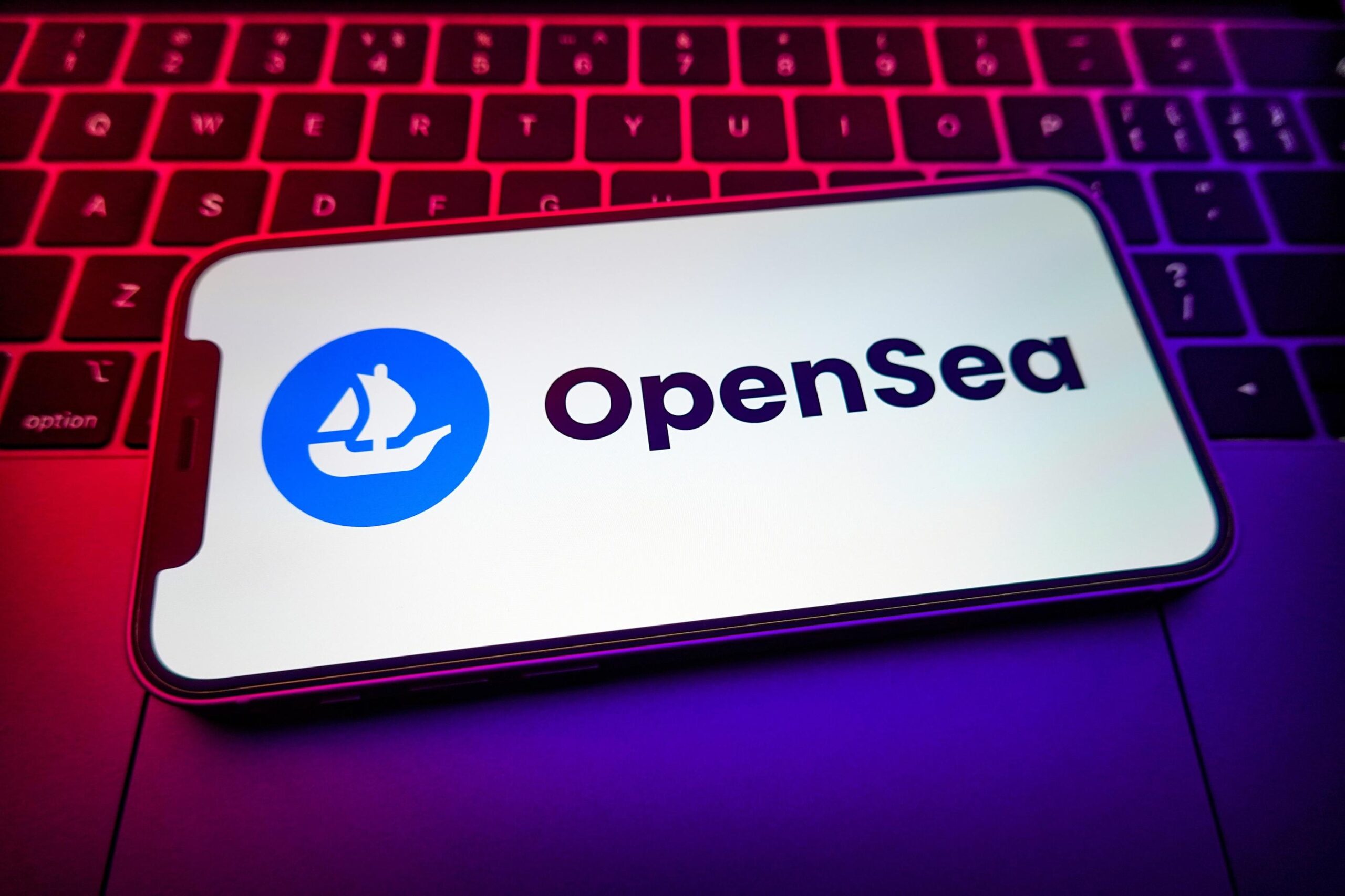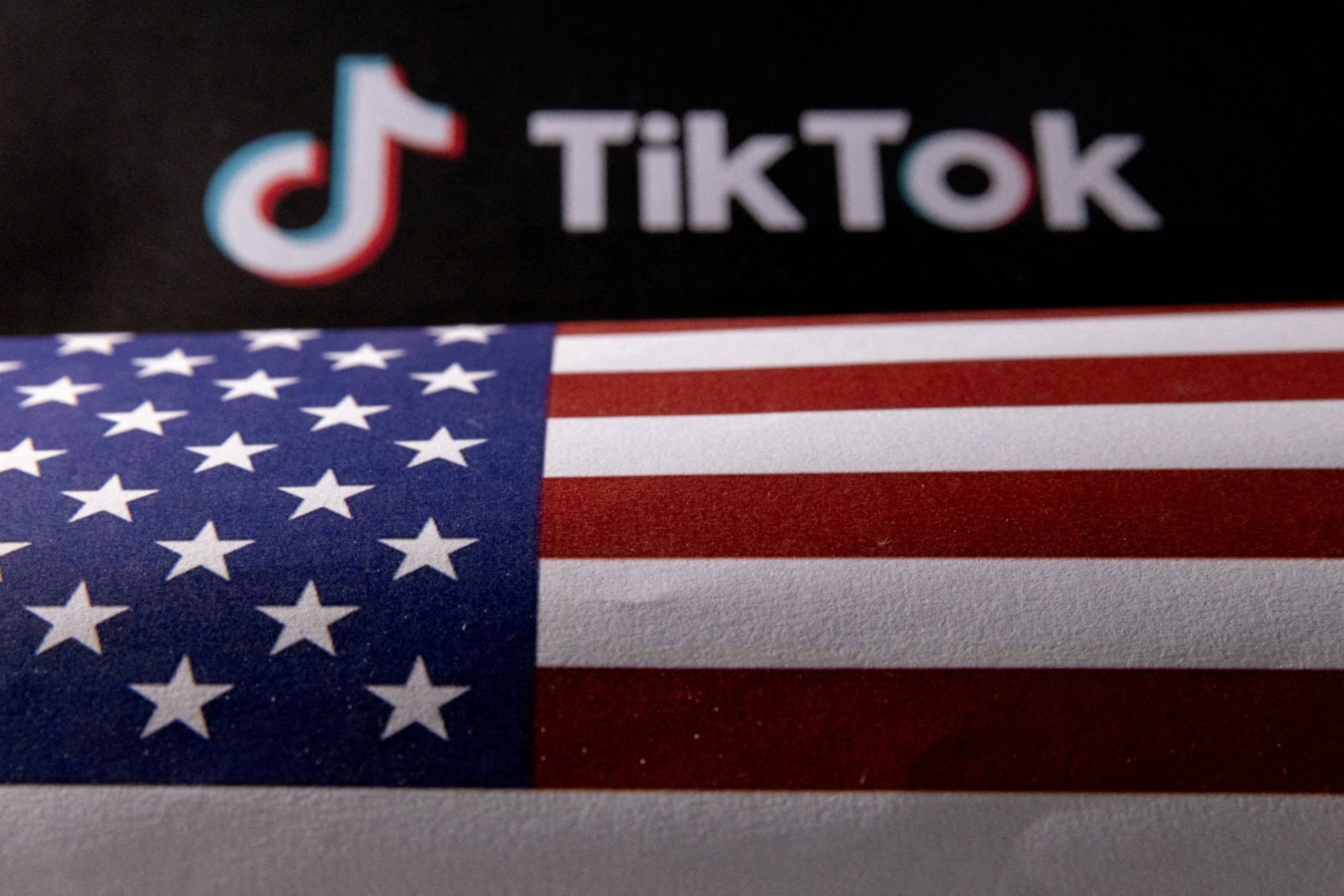In a move that surprises few, yet concerns many, the U.S. Securities and Exchange Commission has issued a Wells Notice to OpenSea, the leading NFT
APENFT
While the technology mirrors what arts and collectibles have achieved offline for centuries, it also unlocks new monetization and engagement models for digital creators. But if the goal is a broad crackdown on an entire technological paradigm, none of that matters—a strategy as historically futile as it is misguided. Rather than fostering constructive dialogue, such actions stifle innovation and further delay thoughtful crypto regulation.
As with earlier actions, the SEC’s attacks undermine the very players actively seeking regulation and willing to collaborate with Congress to develop a constructive and safe digital assets framework. Even when the targeted companies eventually clear their names, the initial damage lingers—often derailing founders from their core mission and draining resources that could have been spent on growth.
WASHINGTON – APRIL 28: Gary Gensler testifies during a hearing before the Financial Services and … [+]
These actions once again underscore the inadequacy of existing legal frameworks in addressing the unique challenges and opportunities of digital assets. The SEC is applying outdated rules to fundamentally new products and services while overlooking the parallels between these new assets and established categories like art and collectibles. The longer this continues, the greater the risk that the United States will fall behind in leading this sector.
Non-fungible tokens mark a breakthrough in the design of digital markets, enabling ownership of digital goods in ways previously unimaginable. Before distributed ledger technology, distinguishing a digital original from its copies was impossible. Now, where a market was once nonexistent or highly flawed and concentrated, we can finally establish an efficient one.
The fact that digital goods are costly to produce but easy to replicate—a phenomenon amplified by the internet—has already driven transformative changes across many industries, from software to music. Piracy’s surge in the early 2000s made this clear, undermining markets that could no longer protect and reward creators and developers adequately. In music and video, the challenge was only addressed when platforms like Spotify and Netflix offered low-cost streaming as an alternative to pirated content. Yet, many creators, beyond the most successful, still struggle to effectively monetize their work.
POLAND – 2022/12/10: In this photo illustration, The Pirate Bay logo seen displayed on a smartphone. … [+]
The difference today is that we have better technology to tackle this challenge. Creators are no longer confined to bundling content into subscriptions or offering it for free on social media, hoping to monetize their audience later. They now have a broader set of tools to create and capture value through their communities. But under the current regulatory climate, much of this is blocked by the threat of NFTs being classified as securities.
Ironically, it’s the creators who strive to build lasting value for their audiences who are most at risk, while bad actors chasing quick gains are favored. We urgently need a legal framework that separates crypto assets from the transactions they are involved in, necessitating new legislation—not securities laws ill-suited for this purpose—to regulate these markets effectively. Such a framework would also help challenge the stranglehold big tech platforms have over these transactions, allowing new communities to form around these digital artifacts and enabling them to transact and create value in innovative ways. Digital ownership on a blockchain can facilitate new forms of financial support, the development of derivative works, and the distribution of value among various participants in the creator economy—giving more creators the chance to earn a living.
As Kominers and Kaczynski detail in their book, NFTs can represent a wide range of assets, transforming interactions across various sectors—including the creative industries, education, music, entertainment, real estate, gaming, fashion and loyalty programs. They can also redefine community and brand governance, allowing a broader range of stakeholders to derive value from their contributions. Much like how open source software has expanded the ways we produce software, NFTs can broaden how we produce and consume digital goods. For instance, they enable digital artifacts to be used and remixed by others while ensuring credit and rewards still reach the original creators.
NEW YORK, NEW YORK – JUNE 20: Billboards display Bored Ape Yacht Club NFT art in Times Square during … [+]
The idea that the internet could democratize access to finance and resources for creators is not new. In 2006, alongside Ajay Agrawal and Avi Goldfarb from the University of Toronto, we studied how digital platforms could transform the creative industries—not through crypto, but through crowdfunding. Even then, it was evident that a more direct connection between creators and their audience was possible, allowing fans who invested time and effort in supporting a creator’s breakthrough to benefit as well. It was an early, perhaps naive, attempt to reform the music label system and share more of the returns with artists and creators. Today, crowdfunding underpins a significant portion of the arts and creative sectors, as well as early tech prototypes and more. In a world where the National Endowment for the Arts has an annual budget of about $200 million, individual crowdfunding platforms like Kickstarter have contributed billions to the arts over a few years.
NFTs are attempting to expand on this with much better technology and transparent ways to design incentives for supporters and others who contribute time and effort to a project’s growth. They foster meaningful communities and interactions, breaking away from the cookie-cutter formats imposed by the leading digital platforms on distribution.
Attacking NFTs restricts the range of transactions the economy can support, harming artists, creators, and communities. It confines creators to a limited set of existing business models—the very ones that have granted enormous control and influence to the big tech platforms we rely on daily, from social media to the creator economy.
If Chairman Gensler genuinely cared about U.S. competitiveness and prosperity, and the thousands striving to earn a living through digital work, he would stop regulation by enforcement. Rather, he should consider a constructive path forward for a technology that, no matter his stance, is inevitable.



